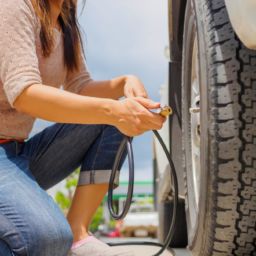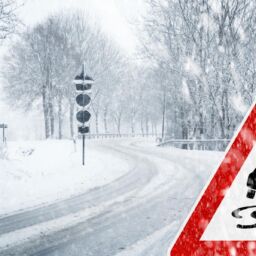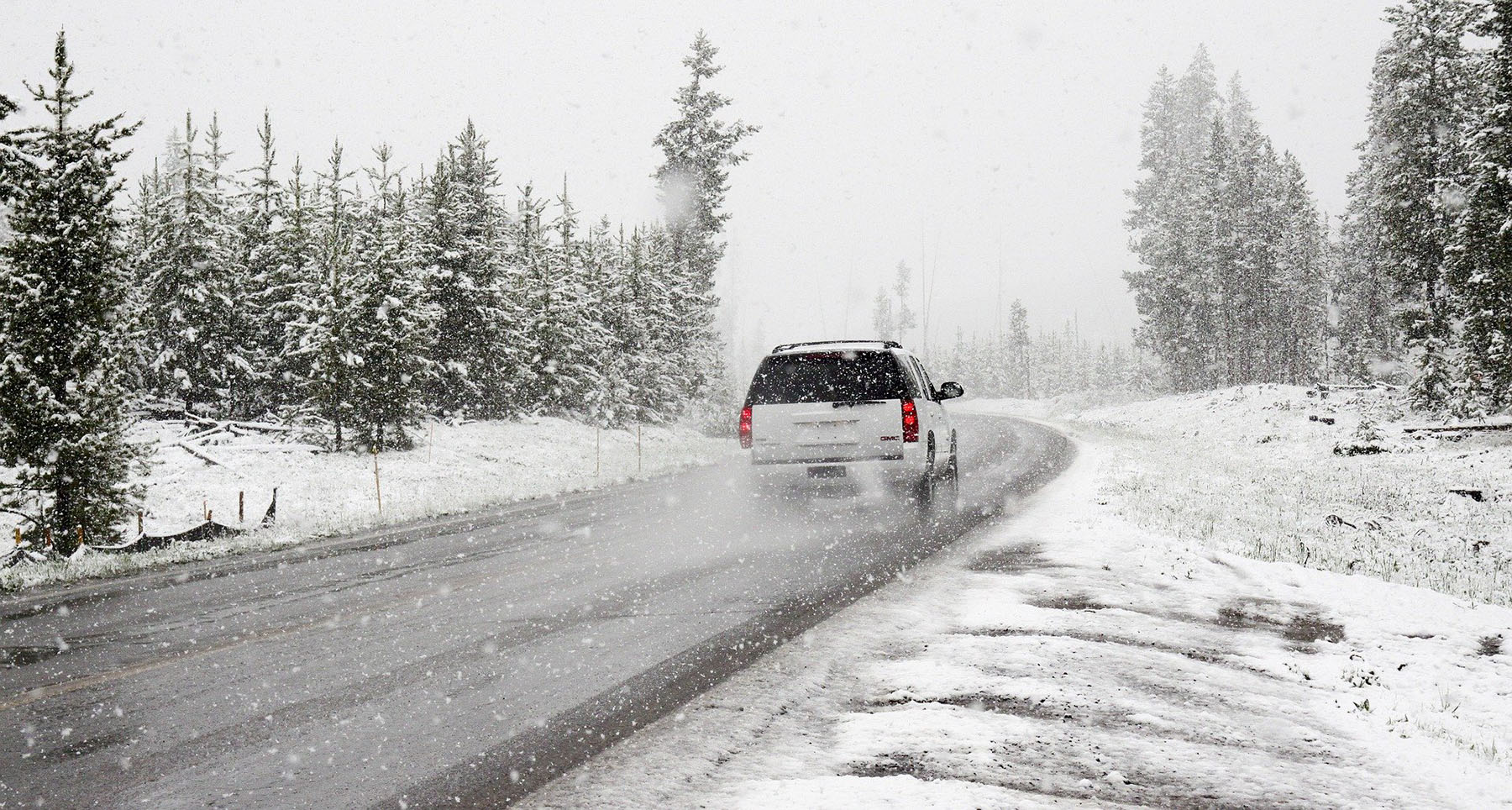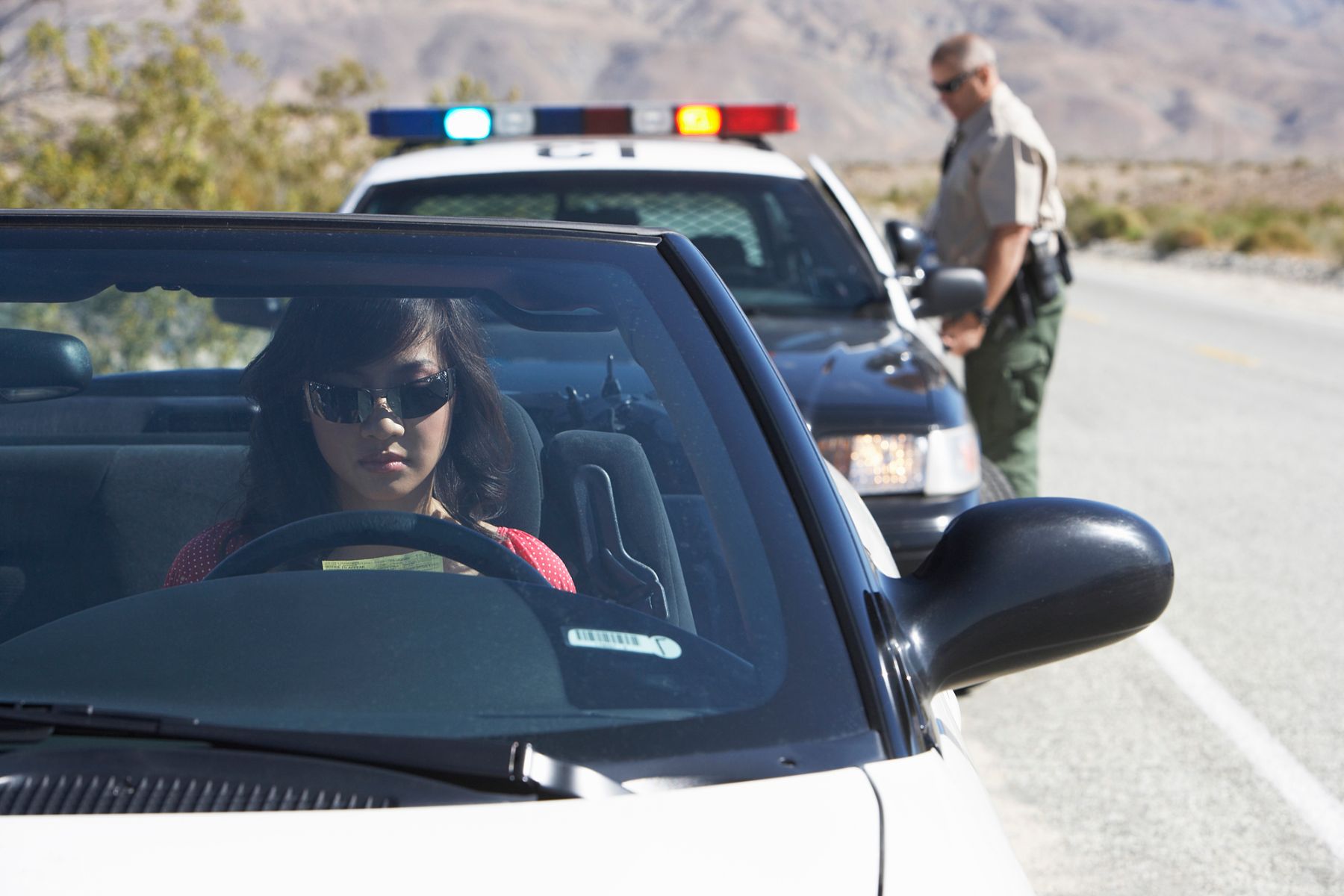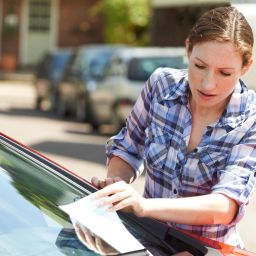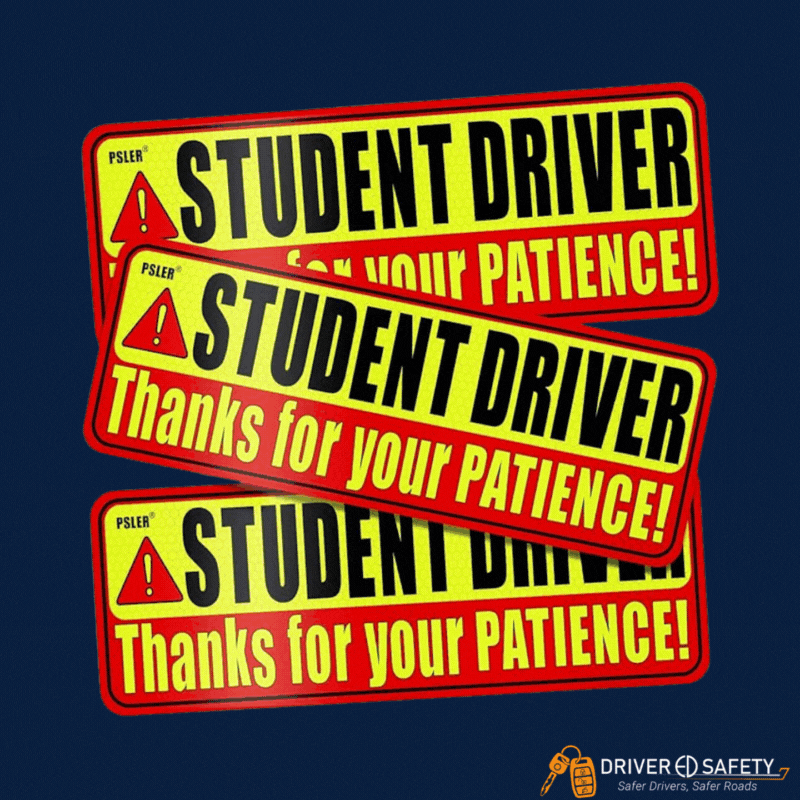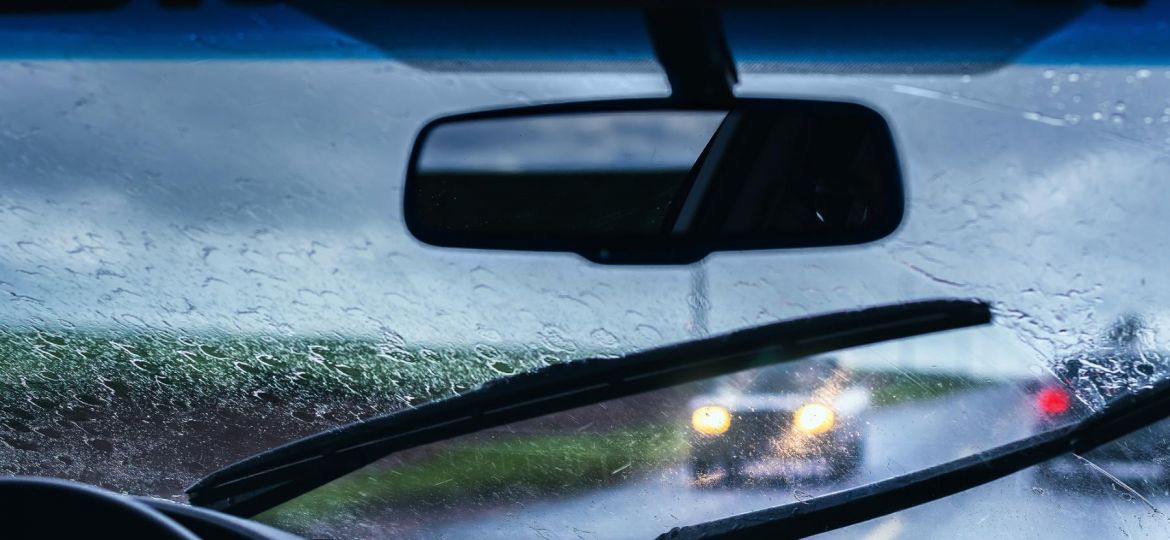
Spring is here, and that means longer, brighter days of driving are ahead! As the icy roads thaw out and temperatures rise, many student drivers are relieved to catch a break from the winter driving hazards that Indiana brings. However, spring weather comes with its own challenges and potential driving hazards. Let’s review how to take caution on the roads this spring to safely get from point A to point B.
Spring Weather: Expect the Unexpected
You know the saying… “April showers bring May flowers,” but in Indiana, that isn’t promised. In the Midwest, it’s best to expect the unexpected when it comes to the weather. In the springtime, drivers should be prepared for rain, sleet, and even snow!
When driving through spring showers, remember to slow down! Wet roads are dangerous because the rainwater creates incredibly slick conditions, plus your vehicle’s reaction time is much slower in the rain. In fact, if you’re going around 35 mph, it only takes 1/12th an inch of rain to hydroplane. This is when your vehicle slides uncontrollably on the wet road. If this happens to you, do not slam on the brakes! The best thing you can do is ease off the accelerator and continue driving steadily in the direction you need to go, steering no more than what is necessary.
As for driving in snow and sleet, be sure to accelerate and decelerate slowly, and don’t press on your gas or brake pedals too hard. Instead, tap them softly to avoid skidding or spinning your wheels on the ice. In short, driving slower than you normally would in poor conditions is the best option for keeping you and others around you safe.

Beware of Potholes, Flooding, and Erosion
After a long, cold winter, potholes are bound to pop up on Hoosier roadways. Potholes form as a result of the expansion and contraction of water during freeze-thaw cycles, combined with the amount of traffic on the pavement. They are quite the annoyance yet inevitable this time of year. To dodge potholes on the road, you need to maintain a 3-4 second space cushion between you and the vehicle in front of you. That way, you have time to avert your car and dodge any upcoming potholes.
Potholes, rain, and the spring melt create the perfect recipe for deep puddles. Although it’s not always possible to dodge puddles, the slower you cross them, the better the outcome for you and your vehicle. These puddles could be concealing some major potholes. By assuming it’s just standing water, you could accidentally do serious damage to your vehicle.
If you do experience damage from a pothole, help is available. The city of Indianapolis and INDOT take the problem of potholes seriously. Depending on the damage incurred from a pothole encounter, you can file a claim for reimbursement. The city also has a system to report potholes so they can identify and repair them quickly.
Always Watch for Pedestrians
Warmer weather means more folks are going to be outside! As always, you’ll want to stay alert to your surroundings and look out for any pedestrians (and their pets) nearby. Remember, they may not always follow the rules (like jaywalking), but they still have the right of way! At the end of the day, you are operating a vehicle, and they are on foot, so it is best to be courteous of their path and slow down or stop when appropriate.
Learn How to Drive During All Seasons with Driver Ed Safety
These tips just scratch the surface of all there is to learn as a new driver. The CIESC Driver Education Program offers courses online and behind the wheel to develop effective defensive driving techniques and create responsible, knowledgeable, licensed drivers.
Learn more about our open enrollment Online Course, or register for Behind the Wheel lessons.



